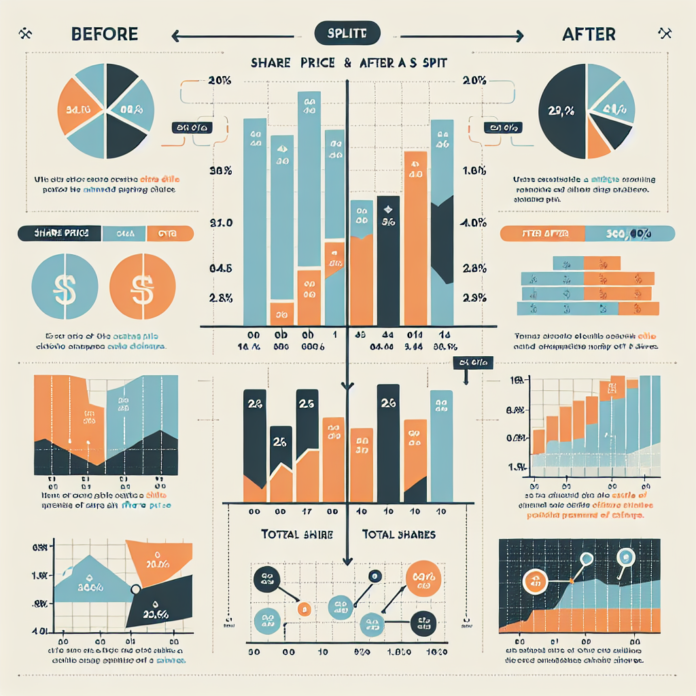When a company announces a stock split or reverse split, it often garners attention from investors and traders alike. Understanding what each of these actions signifies and how they can affect your investment portfolio is essential for maintaining a sound investment strategy. In this guide, we will explore the nuances of stock splits and reverse splits, their potential impact, and how investors may navigate these corporate actions.
Understanding Stock Splits
A stock split occurs when a company increases the number of its outstanding shares by issuing more shares to current shareholders. For instance, in a 2-for-1 split, shareholders receive an additional share for each share they already own, effectively doubling the number of shares outstanding. Stock splits do not change the company’s market capitalization or the of individual investors’ holdings, as the stock price adjusts proportionally.
The key reason companies undertake stock splits is to make shares appear more affordable to small investors, even though the underlying value of the company doesn’t change. Stock splits can sometimes lead to increased liquidity and potentially a broader shareholder base.
Investors can monitor announcements and details of upcoming stock splits on financial news websites like MarketWatch.
The Implications of Reverse Splits
Conversely, a reverse stock split takes place when a company reduces the number of its shares outstanding. For example, in a 1-for-10 reverse split, shareholders would end up with one share for every ten they held before the split, which could increase the market price of individual shares.
Companies may opt for a reverse split for several reasons, such as to meet minimum share price requirements for exchange listings or to improve perceptions by making the stock price higher. However, it’s important to analyze the underlying reasons for a reverse split, as it can sometimes signal company distress.
Information regarding reverse splits and their effects on stock prices can be found on financial analytics platforms like Seeking Alpha.
How Do Splits Affect Investors?
When a stock split or reverse split occurs, it’s fundamental for investors to understand that the intrinsic value of their holdings should technically remain the same after the adjustment. The ownership percentage in the company doesn’t change, but the number of shares owned, and the share price will adjust to reflect the split.
However, psychological factors can come into play. In the case of a stock split, the lower price per share post-split might attract new investors, potentially driving up demand and the stock price. With a reverse split, the connotations are not always positive, and investors may need to be cautious about the company’s future prospects.
Strategies for Investors
After the announcement of a split or reverse split, investors should revisit their thesis for holding the stock. Does the split align with robust financial health and a growth-driven strategy or is it an attempt to mask underlying issues? Analyst reports and company profiles on platforms like Reuters can provide necessary insights into these corporate actions.
Investors should also reassess their portfolio diversification following a split. Splits can sometimes lead to over-concentration in a single stock due to the increased number of shares, which might require rebalancing.
In Conclusion
Both stock splits and reverse splits are important corporate actions with direct implications for shareholders. While they do not inherently change the value of an investment, they can influence market perceptions and investor behavior. By staying informed through resources such as the Financial Industry Regulatory Authority (FINRA), investors can successfully navigate these events and make calculated decisions that reflect their investment goals and the fundamental health of the company in question. Remember, a stock split or reverse split is merely one of many factors to consider in the complex landscape of stock trading.




 AGF-B.CO
AGF-B.CO